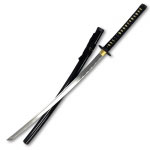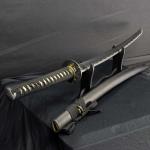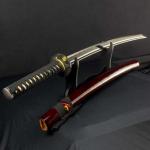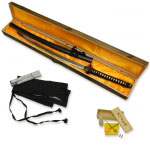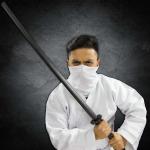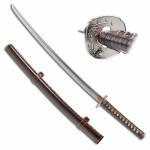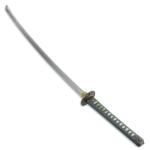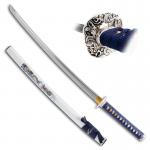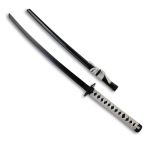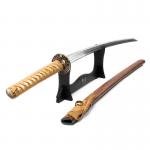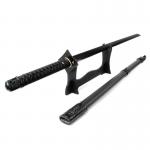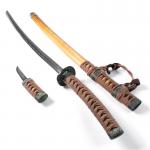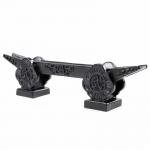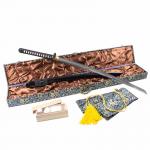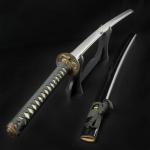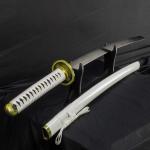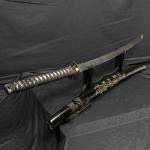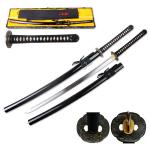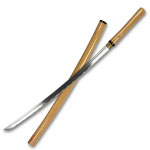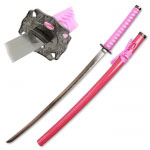Katana and Other Samurai Swords
-
$239.95
-
$119.95
-
$169.95
-
$119.95
-
$92.95
-
$199.95
-
$134.95
-
$134.95
-
$129.95
-
$59.95
-
$119.95
-
$189.95
-
$129.95
-
$119.95
-
$119.95
-
$119.95
-
$119.95
-
$229.95
-
$159.95
-
$184.95
-
$184.95
-
$249.95
-
$159.95
-
$129.95
-
$259.95
-
$119.95
-
$109.95
-
$199.95
-
$129.95
-
$129.95
-
$149.95
-
$129.95
-
$129.95
-
$139.95
-
$129.95
-
$129.95
-
$99.95
-
$109.95
-
$109.95
-
$94.95
-
$94.95
-
$69.95
-
$199.95
-
$149.95
-
$399.95
-
$169.95
-
$129.95
-
$179.95
-
$149.95
-
$104.95
-
$114.95
-
$179.95
-
$134.95
-
$129.95
-
$139.95
-
$59.95
-
$199.95
-
$179.95
-
$139.95
-
$109.95
-
$149.95
-
$129.95
-
$129.95
-
$139.95
-
$119.95
-
$199.95
-
$129.95
-
$109.95
-
$119.95
-
$164.95
-
$249.95
-
$134.95
-
$99.95
-
$119.95
-
$144.95
-
$139.95
-
$299.95
-
$109.95
-
$99.95
-
$99.95
-
$104.95
-
$23.95
-
$299.95
-
$279.95
-
$89.95
-
$109.95
-
$49.95
Among the different types of Japanese swords, the katana stands out as the most renowned. The katana sword is typically long and is designed to be wielded with a two-handed grip. Its blade can reach lengths of up to 40 inches, making it ideal for swift, sweeping cuts in battle. As the primary weapon of the samurai, the katana was often the first sword drawn in combat, its razor-sharp edge capable of slicing through armor with ease. The craftsmanship behind each katana sword is a testament to the centuries of tradition and the art of sword-making, with each blade carefully forged by skilled artisans.
The wakizashi sword is another essential piece of the samurai's arsenal. Smaller than the katana, the wakizashi typically measures between 12 and 24 inches in length. Worn alongside the katana, the wakizashi was used in close-quarter combat and served as a backup weapon when the katana was impractical. The wakizashi also had ceremonial purposes, often being used for seppuku, the ritualistic act of disembowelment performed by samurai to preserve their honor. Despite its smaller size, the wakizashi is just as much a symbol of the samurai's status as the katana.
In addition to the katana and wakizashi, the tanto is a smaller blade that was often used by samurai for personal defense or as a tool. Though its size was more akin to a knife, the tanto was an important part of a samurai's sword collection. With its distinctive, short blade, the tanto could be easily concealed and was often carried along with the katana and wakizashi.
At KarateMart.com, we offer a wide selection of samurai swords, including traditional Japanese katana swords, wakizashi, and tanto blades. Each sword is crafted with precision and attention to detail, ensuring you receive a high-quality weapon with historical significance. Whether you're an enthusiast of Japanese culture, a collector of fine blades, or someone interested in martial arts, our collection of samurai swords will impress with their beauty, craftsmanship, and historical value.
What should I look for when buying a katana?
When buying a katana, there are several key factors to consider that will ensure you get a high-quality sword. Here's a detailed guide on what to keep in mind when buying a katana:
Blade Quality (Steel Type)
The quality of the blade is arguably the most important aspect when purchasing a katana. The blade of a samurai sword is traditionally made of high-carbon steel, which offers a combination of sharpness and durability. The best katana blades are made from folded steel (often referred to as tamashi) - a process in which the steel is folded multiple times to create layers. This not only enhances the strength and sharpness of the blade but also gives it a beautiful, distinctive pattern known as the hamon (the temper line).
Modern katanas may be made from high-carbon steel such as T10 steel or 1095 steel, which can provide excellent sharpness and toughness. However, traditional katanas may use a combination of different types of steel, to create a balance between hardness and flexibility, with the edge being hardened to maintain sharpness while the body is kept more flexible to prevent cracking.
Blade Shape and Curvature
The shape and curvature of the blade (known as sori) are also crucial factors to consider. A traditional katana has a gentle curve that is ideal for cutting. The curvature allows the sword to perform well in both slashing and thrusting motions. The degree of curvature varies slightly depending on the katana's design and era. For example, older samurai swords may have a deeper curve, while modern katana might have a less pronounced one.
The blade should also be checked for its overall balance - this includes the distal taper, where the blade gradually narrows from the base to the tip. A well-balanced sword allows for smooth and controlled movements, which is important for martial arts practitioners or those who wish to use the sword for cutting exercises (tameshigiri).
Hamon (Temper Line)
The hamon is a distinctive feature found on most high-quality katanas and is a visual representation of the tempering process. It appears as a wavy line along the blade, which is the result of hardening the edge of the sword while leaving the spine softer and more flexible. This not only enhances the cutting ability of the blade but also gives it a unique and aesthetically pleasing pattern. The hamon varies in appearance based on the quality of the sword and the skill of the swordsmith. When buying a katana, it's important to check that the hamon is well-defined and smooth, as this indicates that the sword has been properly heat-treated. Many less expensive samurai swords have an artificial hamon line that was added to the blade instead of being formed as part of the heat treating process. These fake hamon lines are easy to spot by people who are familiar with swords.
Handle (Tsuka) and Fittings
The handle (tsuka) of a katana plays a significant role in both the sword's functionality and comfort. The handle can be wrapped in ray skin (samegawa) and braided silk or cotton (tsuka-ito). The wrapping should be tight, with no loose ends or gaps, as this ensures a secure grip. The ray skin provides additional texture and grip, making the sword more comfortable to hold. Some collectors prefer that their handles are covered in fake ray skin due to conservation efforts.
The tsuka also houses the mekugi, small bamboo pegs that secure the blade into the handle. When evaluating a katana, check that the mekugi are properly inserted and secure. Additionally, the fittings (guard, pommel, and collar) should be made of high-quality metal, such as brass, copper, or steel, and feature intricate designs, often reflecting traditional motifs.
Tang (Nakago)
The tang of the sword, or nakago, is the portion of the blade that is inserted into the handle. A katana with a full tang (where the blade extends fully into the handle) is preferred, as it provides greater durability and strength.
Polish and Finish
A high-quality katana should have a mirror-like polish, which not only enhances the aesthetic appeal of the sword but also contributes to its cutting ability. The polish reveals the natural beauty of the steel and the hamon. When inspecting the sword, look for a clean, smooth finish with no visible scratches, imperfections, or rough edges. A well-polished katana can be the difference between a sword that is functional and one that is a true work of art.
It's also important to note that the sharpness of the blade is another consideration. A sharp katana should be able to slice through paper with ease or cut through tatami mats in a controlled cutting test. However, if you're purchasing a katana for display purposes rather than practical use, you may not need to worry as much about its sharpness.
Price and Purpose
Finally, your budget and the purpose of the katana should influence your decision. If you're looking for a high-quality, functional sword for martial arts or cutting practice, be prepared to invest in a well-crafted katana that uses high-carbon steel and offers excellent balance and sharpness. These swords can range in price from several hundred to several thousand dollars. If your goal is to purchase a katana primarily for display purposes, there are more affordable options available that still feature beautiful craftsmanship and design, though they may not be as functional for combat or cutting tasks.
Conclusion
Purchasing a katana or samurai sword is a significant decision, whether you're buying it for collection, display, or practical use. Paying attention to details such as the blade quality, handle construction, tang, temper line, and overall craftsmanship will help ensure that you select a katana that meets your needs and expectations. By considering these factors, you can be confident in choosing a katana that will serve you well, whether for practice, display, or simply as a piece of art with historical significance.








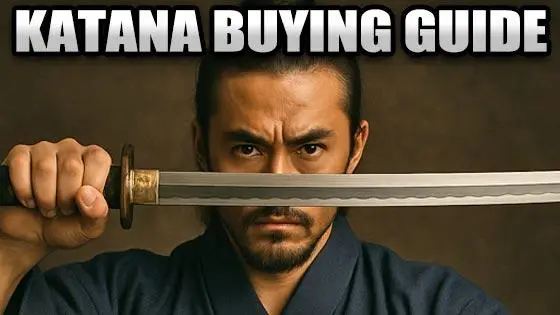
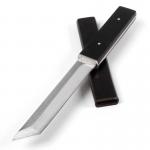

 (1)
(1)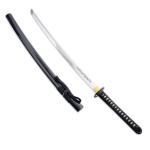
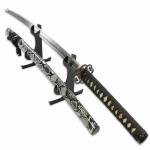
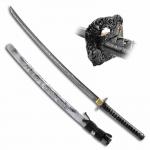
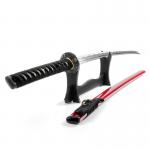
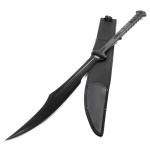
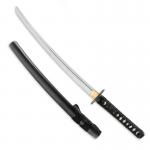
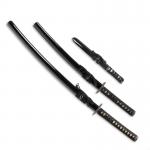
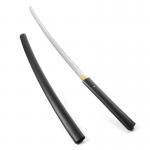
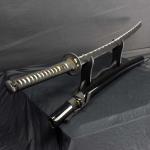
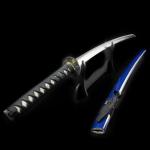
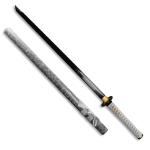
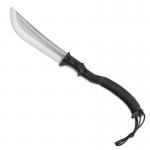
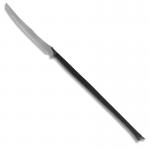
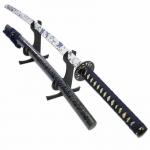
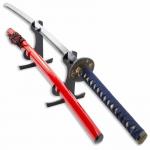

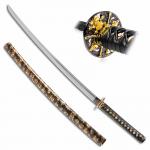

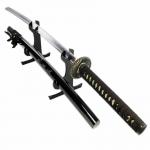
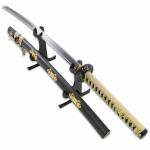
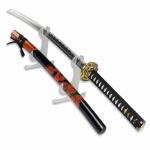
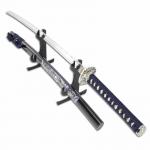
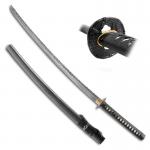
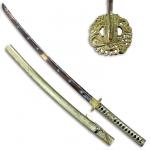
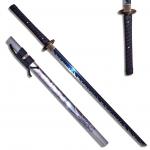
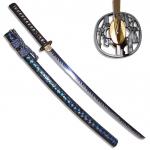
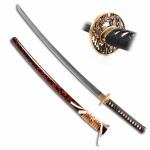
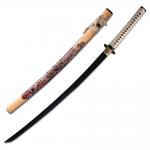
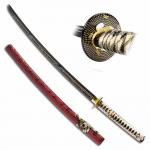
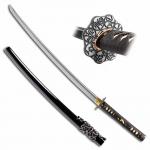
 (1)
(1)
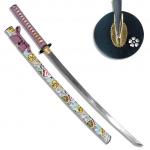
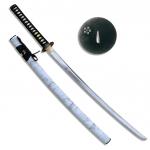

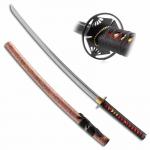
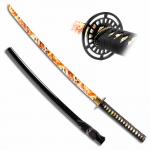
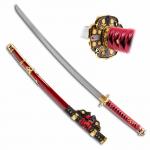

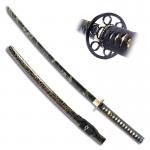
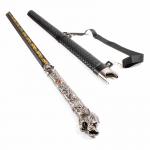
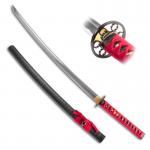
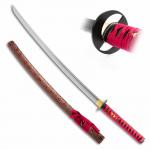
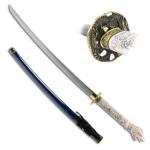
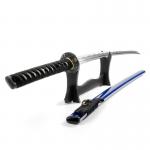
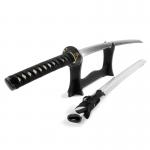
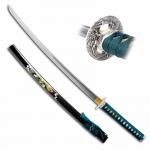
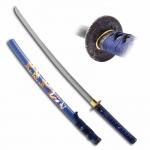
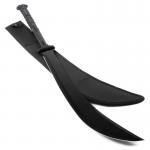
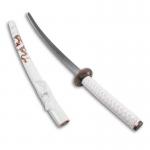
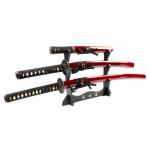
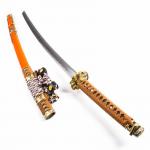
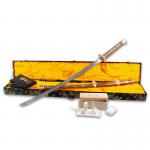

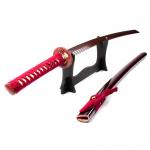
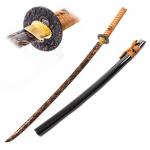
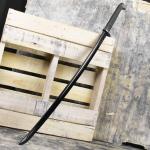
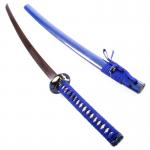
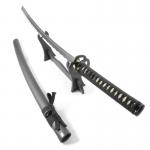
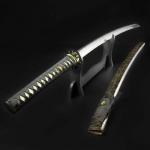
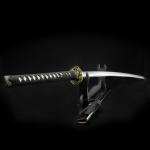
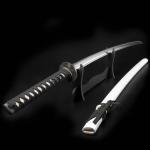
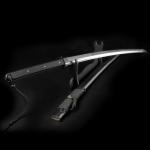
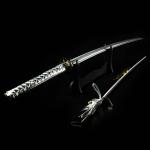
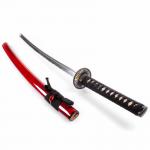
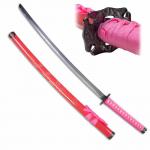
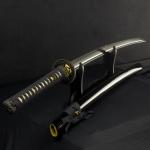
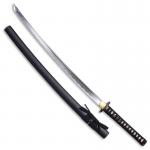
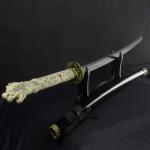
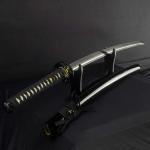
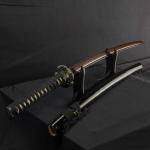
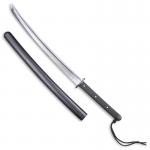
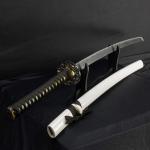
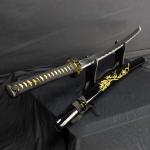
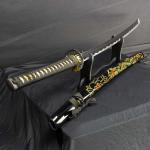
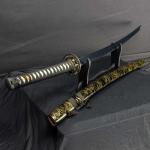
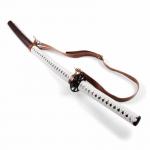
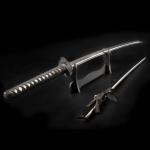
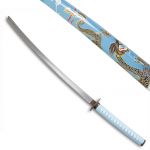


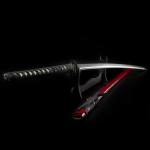
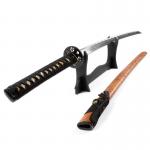
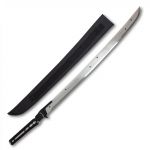
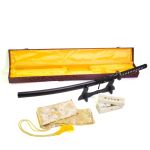
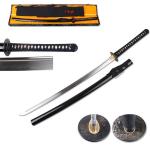
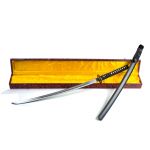
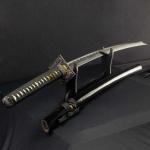
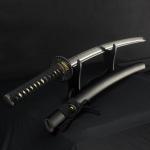
 (2)
(2)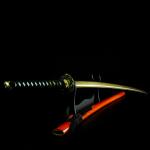
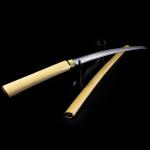
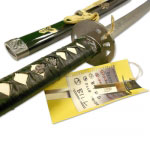
 (1)
(1)